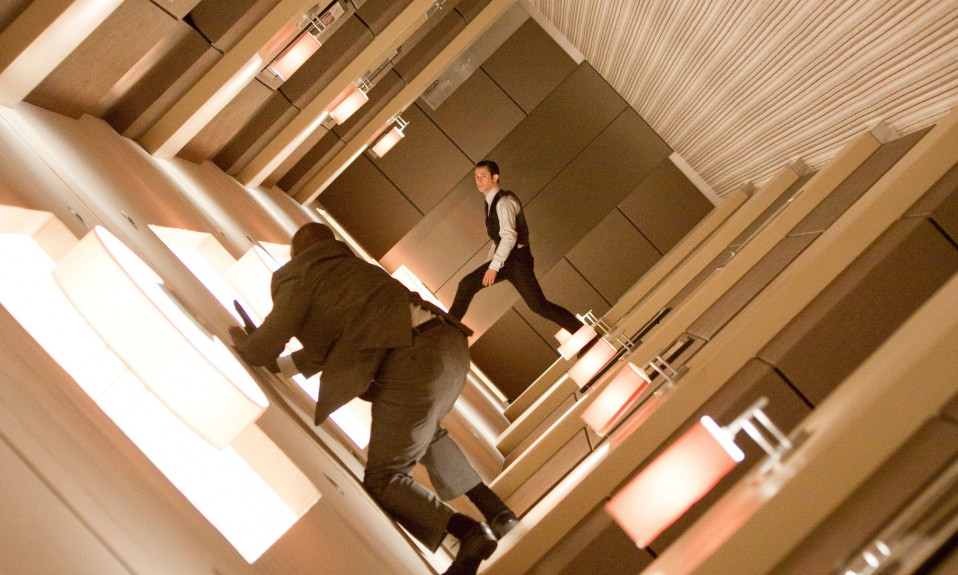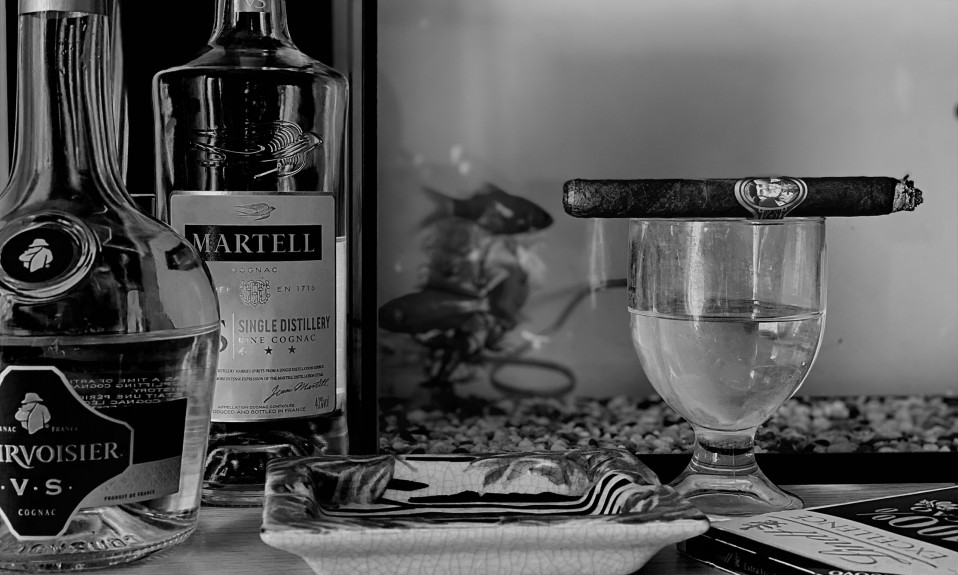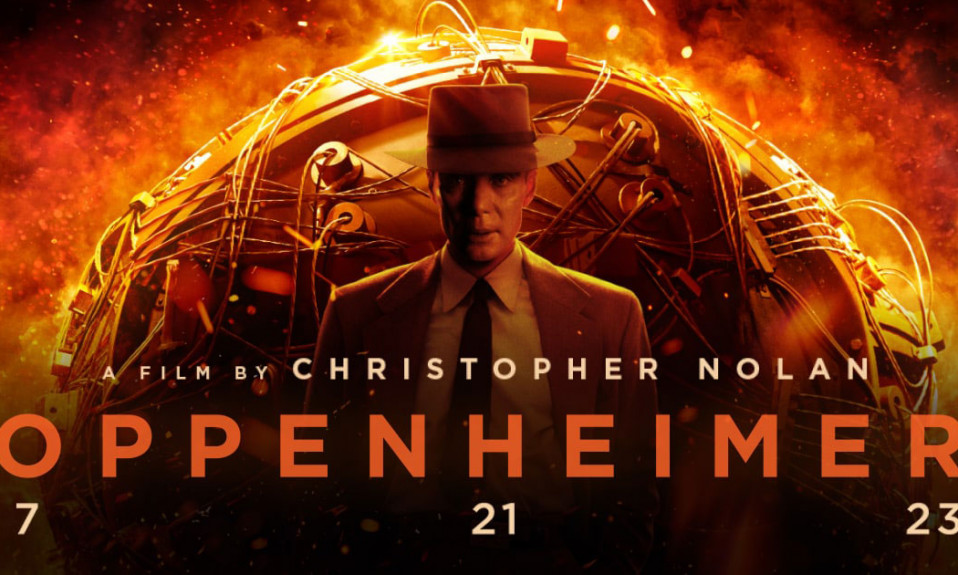The classic Simpsons episode “Radioactive Man” demonstrates many problems beset by filmmakers when it comes to special effects. We see horses being painted with black spots as “cows don’t look like cows on film, you gotta use horses” but even more famously we see a great example of practical effects, with the film’s hero about to be destroyed in a wave of acid.

The director announces they only get one take, it’s the most expensive shot of the film and they’re using real acid – cue inevitable disaster. This was made in the 90s today The Simpsons may have thought the director would use CGI instead. SFX is broadly split into two groups – practical effects – mechanical/physical effects, things that really exist, the other use post-production techniques like CGI. Once all SFX were practical effects but over the decades CGI has become far more prevalent.

Christopher Nolan is a great filmmaker in many ways and one of the ways he stands out from his contemporaries is that he still relies on practical effects a lot of the time. One of Nolan’s most famous uses of practical effects is in the film Inception, notably “The Hallway Fight”. Not to get too into the details but two characters are fighting over a gun while the hotel they are in is spinning round, the characters are tossed around as the hotel flips. One character utilises this quite effectively, adjusting his movements to better keep his balance, walking on the floor, then the wall, then the ceiling. This brilliant scene is done with practical effects. Nolan created the corridor set, then built a cylinder around it and a frame that could rotate the corridor. Essentially, the corridor is indeed being flipped over, it is not a camera trick.
Nolan will often just destroy things rather than use CGI. In Tenet that is a real plane that is destroyed and in The Dark Knight a real lorry that he flips over. Obviously doing such things is expensive and dangerous and possibly can only be done once – film studios are not made of airplanes for Nolan to destroy. Apparently in Nolan’s new film, Oppenheimer, a scene depicting the blast of an atomic bomb was made using practical effects and not CGI.

Mad Max: Fury Road is another great example of practical effects. CGI is used, for example in the dust storm, but if something could be done in reality, it was. At least 75 cars were destroyed in the making of the film. MM:FR does bring up a brilliant use of CGI alongside practical effects – it removed things like seatbelts and other safety features, digitally erasing these things that kept actors safe yet would not be present in a post-apocalyptic wasteland.
The benefits of practical effects are real – first and foremost, so often the audience can tell. The lorry flip in The Dark Knight felt real, whereas many people have commented on the “weightlessness” of CGI battles that never fully convey the impact of what is supposed to be happening. Often practical effects help actors – having seen behind the scene footage of sci-fi blockbusters where an actor is simply on a green screen stage having “real” items can help their performance.

There are some things that CGI is better suited for. First and foremost, it is usually cheaper. Cult sci-fi film Monsters used CGI to create many of it’s effects (as well as just finding weird real-life places to shoot) and was largely done by the director on his home computer. The fact that small filmmakers can create scenes that could cost millions is great for cinema. Next is that there are simply some things that can’t be done with practical effects, or would look so obviously unrealistic as to defeat the purpose. The recent version of The Jungle Book by Disney was created almost entirely with digital effects, with the actor playing Mowgli essentially being the only real thing on screen – and the thing is correct as it wasn’t just the talking animals that were created but every single tree, rock and blade of grass. Now the thing is – talking animals aren’t real, and doing it with practical effects – puppets and animatronics probably wouldn’t look as real. There is also a great deal of flexibility with using CGI – say Nolan changed his mind and didn’t want to flip a lorry but a bus instead. Nolan would have to redo the entire scene, using CGI it would be far easier.
Practical effects still very much have a place in cinema and ideally a clever combination of all available techniques is likely to give the best results, rather than rigidly sticking to one method. While Nolan used practical effects in Inception there is also a lot of CGI, directors can pick the right tool for the job.
Also Read: The Anatomy of a Christopher Nolan Film













